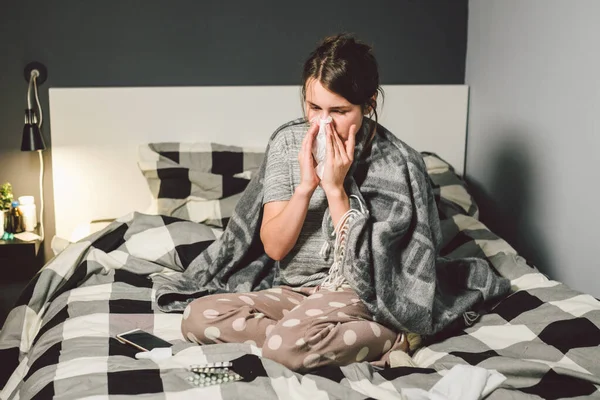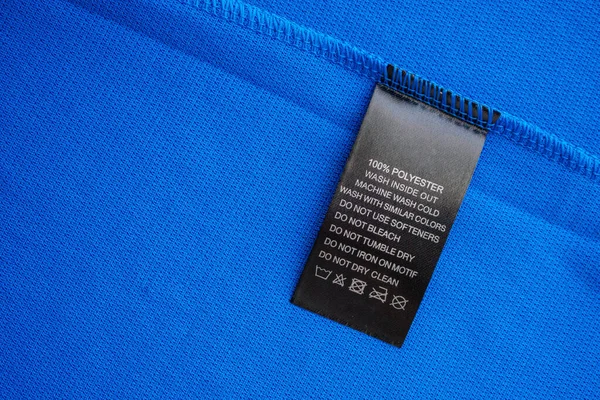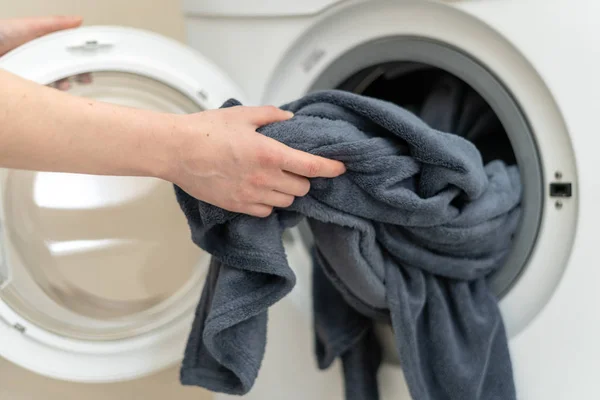
Most people would be shocked to find out that a bed-the place one goes to for rest-can become a hotspot of bacteria, fungi, and allergens. It’s not just about comfort your bedding plays a direct role in your health, sleep quality, and even allergy symptoms.
From dust mites feasting on skin cells to fungal spores hiding in your pillows, science shows that what is lurking in your sheets could be sabotaging your well-being. The good news? With proper cleaning habits and smart fabric choices, you can transform your bed into a truly restorative space.
The following guide takes you through nine evidence-based strategies, which blend microbiology insights with practical tips so your sleep sanctuary stays fresh, hygienic, and optimized for better rest.

1. Wash Sheets Weekly Or More Often in Special Cases
Results from a 2022 YouGov poll showed that only 28% of Brits wash their sheets once a week, while some people waited up to eight weeks. Experts advise washing bed linen once a week. However, if you have been sick, sweat a lot at night, or share your bed with pets, then do it every three to four days. This way, you remove sweat, oils, allergens, and microbes before they can build up. To kill bacteria and dust mites, wash in water at least 60°C with detergent, finishing off by tumble drying or ironing for extra sanitation.

2. Understand the Microbial Load in Your Bedding
Yet every night, the body sheds hundreds of thousands of skin cells, excretes oils, and sweats up to half a pint, creating a buffet for the dust mites whose droppings can trigger asthma and eczema. Pillows can harbor billions of fungal particles, according to Professor David Denning, including Aspergillus fumigatus, which can cause fatal lung infections in people with compromised immune systems. Recognizing this hidden ecosystem underlines why cleaning is a health imperative.

3. Choose Fabrics That Support Sleep Quality
Fibre choice influences thermal comfort and sleep. Wool sleepwear has been shown to reduce sleep onset latency under cool, 17°C, and warm, 30°C, conditions. Such benefits are especially important for older adults and poor sleepers. Linen sheets improve sleep under hot conditions by reducing awakenings, while goose down duvets under cool conditions lead to longer slow-wave sleep. Cotton performs well under warmer environmental conditions for deeper sleeps in young adults.

4. Adapt Cleaning Methods to Fabric Type
Not all fabrics are made to withstand high heat. “Organic cotton may require a cooler temperature to avoid damage,” says Hollis from Boll & Branch. While hot water kills most germs, cold water can disinfect with quality detergent and will not cause fading. For bright colours or other delicate fibers, try cold washes to preserve longevity without sacrificing cleanliness.

5. Deep-Clean Pillows and Duvets Regularly
Even with covers, pillows and duvets accumulate oils, mites, and fungi. Wash pillow interiors every four to six months, making sure they are thoroughly dried out to prevent mould. Freeze pillows for at least eight hours to kill dust mites. Clean duvets every three to four months those filled with goose down may require professional care. Replace pillows every two years or every three to six months if you have asthma.

6. Hygiene of Mattress
Mattresses are a trap for moisture and skin debris, creating ideal conditions for mites. Vacuum weekly and air out every few days. Use allergen-proof protectors and replace mattresses every seven years to maintain support and hygiene. This routine reduces allergen build-up and supports respiratory health.

7. Increase Cleaning Frequency After Illness
Viruses, such as influenza, can survive in bed linen for a week. After an illness, promptly wash all bedding in hot water and with disinfectant detergent or hydrogen peroxide additives. Dry on high heat to kill remaining pathogens. This will help prevent reinfection and exposure to other household members.

8. Don’t Forget Blankets and Duvet Covers
Blankets and duvet covers trap skin cells, sweat, and allergens. Wash them every two weeks, or more often if pets share your bed. Treat them like towels-hot, regular washes keep them hygienic. For owners with pets, increased frequency is essential in managing dander and microbial load.

9. Consider Professional Cleaning for a Deep Sanitise
In instances when time or recovery from illness requires deep sanitizing, professional laundry services can ensure that bedding is cleaned to high standards. Such services involve industrial processes that ensure bacteria, fungi, and allergens are eliminated from every layer of fabric for complete peace of mind in a truly fresh sleep environment. Clean bedding isn’t just about fresh scents and crisp textures it’s a frontline defense for your health.
Anyone can make a bed that will promote better sleep and reduce exposure to allergens by combining regular laundering with fabric-smart choices and targeted deep cleans. In a world where sleep quality affects everything from immunity to mental clarity, keeping your bedding pristine is among the easiest, most effective wellness investments you can make.


